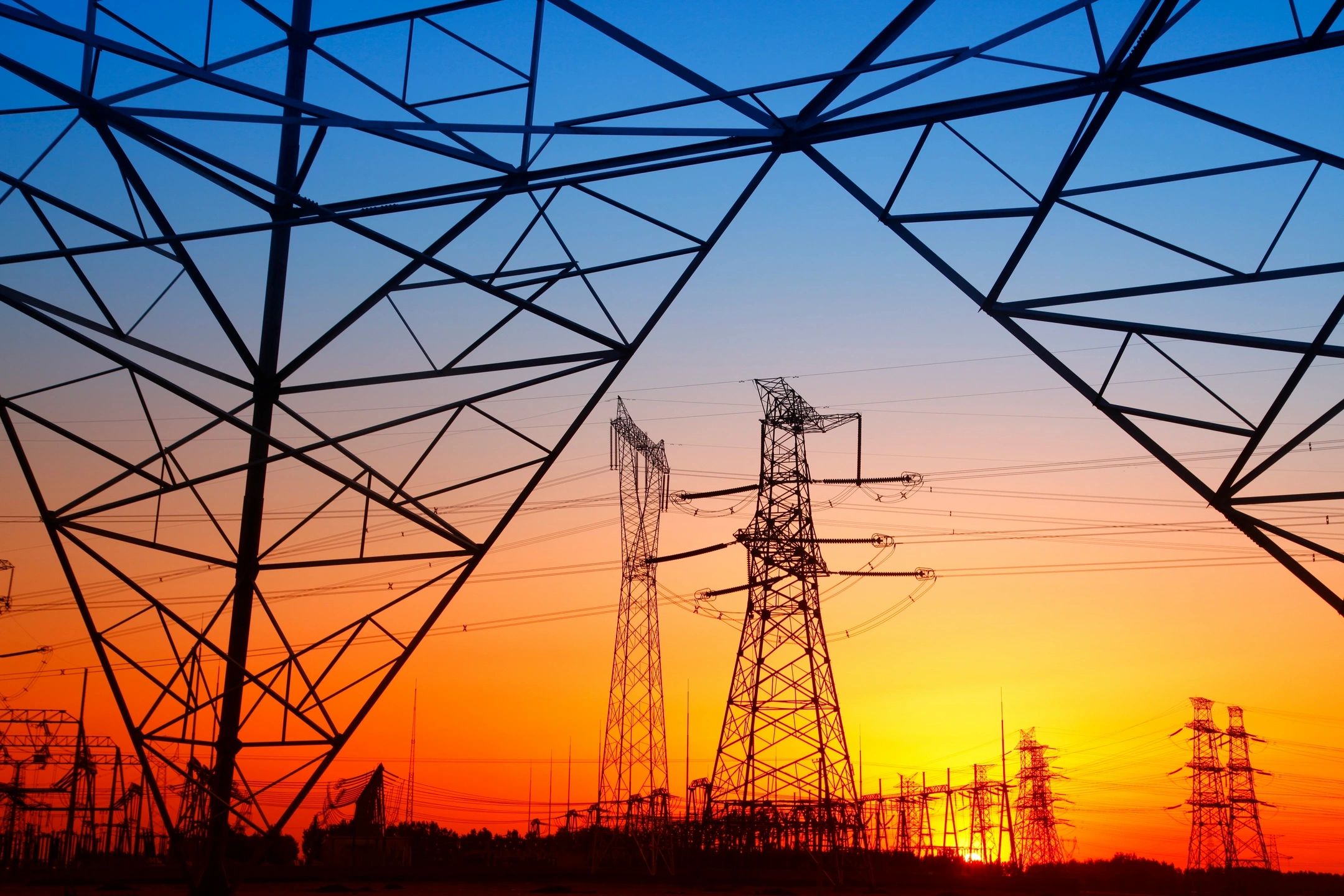aFRR (automatic Frequency Restoration Reserve in Capacity and Energy)
automatic Frequency Restoration Reserve (aFRR) is part of the realm of ancillary services helping to balance the power grid. It has recently been put in the spotlight as the market structure around it as significantly changed since the 19th of June 2024 (delivery day). This article comes back on the place of aFRR, on changes operated in the market structure and explores how it will impact battery owners.
The roles of ancillary services
Ancillary services are means to physically balance the power grid when it deviates from its normal operating range. Automatic reserves are the first mobilized to stabilize the grid. In case of an event occurring on the network and leading to a deviation of the frequency, Frequency Containment Reserve (FCR) is activated first to contain the frequency deviation in under 30 seconds. The aFRR takes over after at most 400 seconds (will change to 300 seconds the 18th December 2024) to bring back the frequency to the nominal level (50Hz). Like FCR, it is an automatic reserve. aFRR providers need a direct connection to the grid control system of the connected transmission system operator (TSO) in order to be able to exchange data in real time, to enable TSO signals to control their asset. This gives time for the TSO to activate tertiary reserves measures composed of manual frequency restoration reserves (mFRR) and replacement reserves (RR) if needed on the long term.
aFRR market structure
The French aFRR market structure has undergone several significant changes. After an initial unsuccessful attempt at a deregulated capacity auction in 2021, RTE returned to a fully regulated market. The French TSO defined the secondary reserve pool. Each producer operating a production unit of more than 120 MW had to offer a fraction of its capacity on the aFRR, with the offer being symmetrical. The capacity offered was compensated at a reference price set annually by RTE, the French TSO. For 2024, this price was set at 11.049 euros / MW (per half-hour). When activated, producers were then compensated for the energy provided at the spot price. In the past few months, the market has been evolving towards a free market with the aim of integrating the French system into the European balancing network.
- 21st of November 2023 : RTE re-opened the aFRR energy market, enabling all actors to bid and be remunerated for their activation according to the marginal price of activated reserves instead of the spot price.
- 19th of June 2024 (delivery day) : The aFRR market opened to capacity auction, meaning that certified actors can bid their capacity the day before.
RTE defines its needs and conducts a daily auction for capacity at 9:00 am, a day ahead of the delivery. Providers can bid for both upward and downward capacities at different prices and volumes, and in non-symmetrical ways. The minimum power for offers is 1 MW, can go up to 20 MW, and these offers can be declared as divisible or indivisible.
On the balancing day, RTE conducts 97 auctions for energy products with a 15-minute validity period. For example, the first validity period is from 00:00:01 to 00:00:15. These auctions close 25 minutes before the start of the validity period. There are 96 intraday auctions and 1 day-ahead at 4:30 pm (download the market rules here). Balancing actors who have offered capacity must bid accordingly on these validity periods.
> An example of activation
Impact of market opening
Since the capacity auction reopened on the 19th of June, prices have ranged between 1.89 €/MW and 150.35 €/MW with a mean value of 18.06 €/MW for downward reserves capacity and between 1.89 €/MW and 130.13 €/MW with a mean price of 16.83 €/MW. The multiplicity of auctions throughout the day as well as the possibility to participate in a previously inaccessible market create new opportunities for battery storage monetization. Cross-market optimization and real-time adjusting optimizing solutions become even more crucial to capture market revenue. At StackEase we have been extensively preparing to integrate the aFRR market in our solution, enabling us to develop bidding strategies maximizing profits and minimizing the asset’s exposition on the imbalance. If you want to know how we can leverage aFRR market multiple aspects to optimize your assets profits contact us on our website.
Energy Trading · 12 May, 2024 · 10 Min Read
Explore Other Blogs
How much can you make on the day-ahead market ?
How much can you make on the day-ahead market ? Energy Trading …
How do FCR and AFRR work ?
How do FCR and aFRR work ? Energy Trading · 12 May, …
Revenue stacking on the French markets
Revenue stacking on the French Markets Energy Trading · 12 May, 2024 …
aFRR (automatic Frequency Restoration Reserve)
aFRR (automatic Frequency Restoration Reserve in Capacity and Energy) Energy Trading · …
How does imbalance work
How does imbalance work Energy Trading · 12 May, 2024 · 10 …





